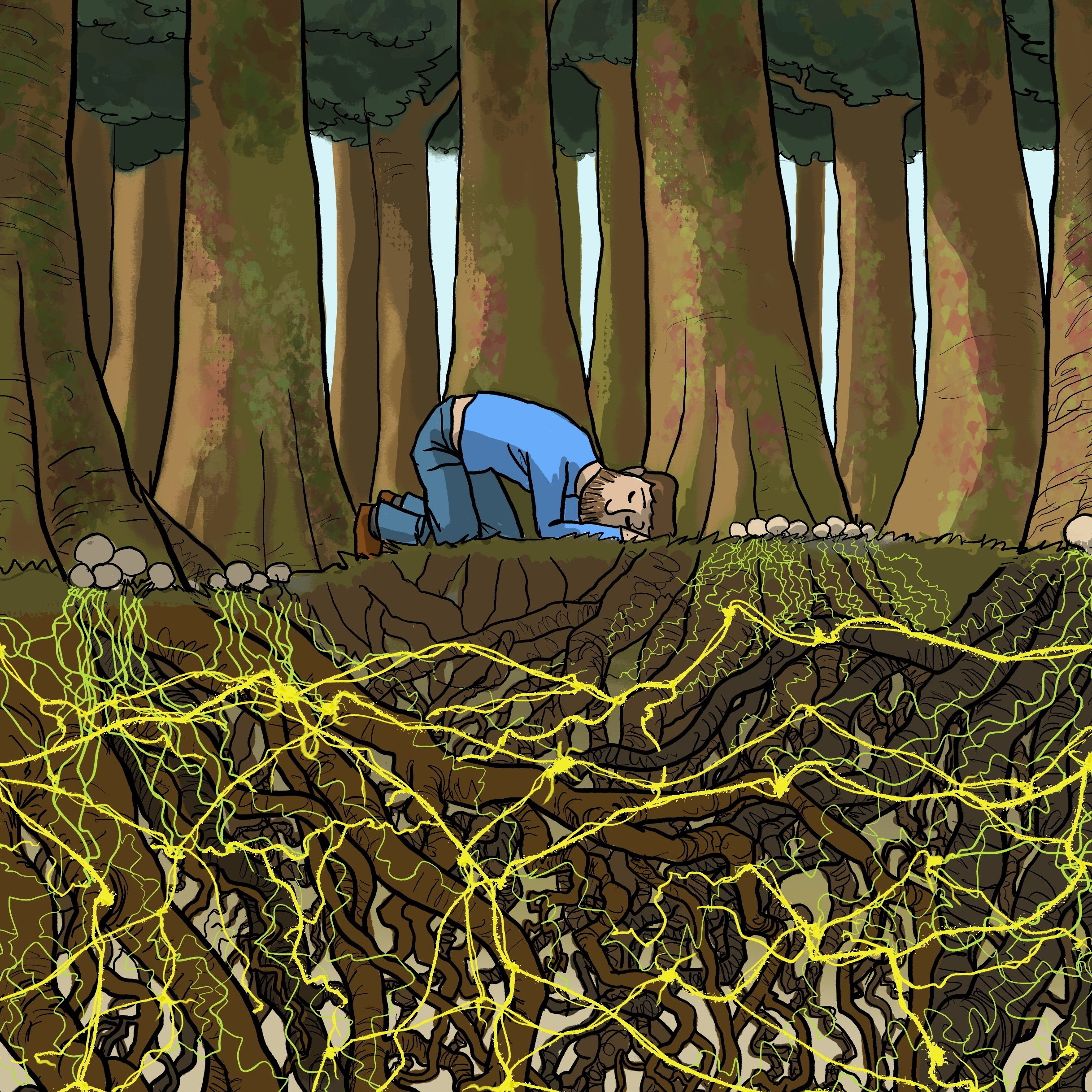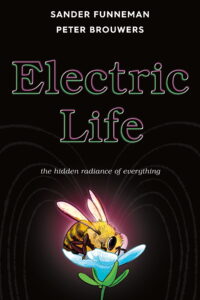How this research concerning the electric side of life started, nearly 40 years
ago in the summer of 1986, with the insight that, everything works by electricity
and magnetism.
Text © Sander Funneman, Illustrations © Peter Brouwers
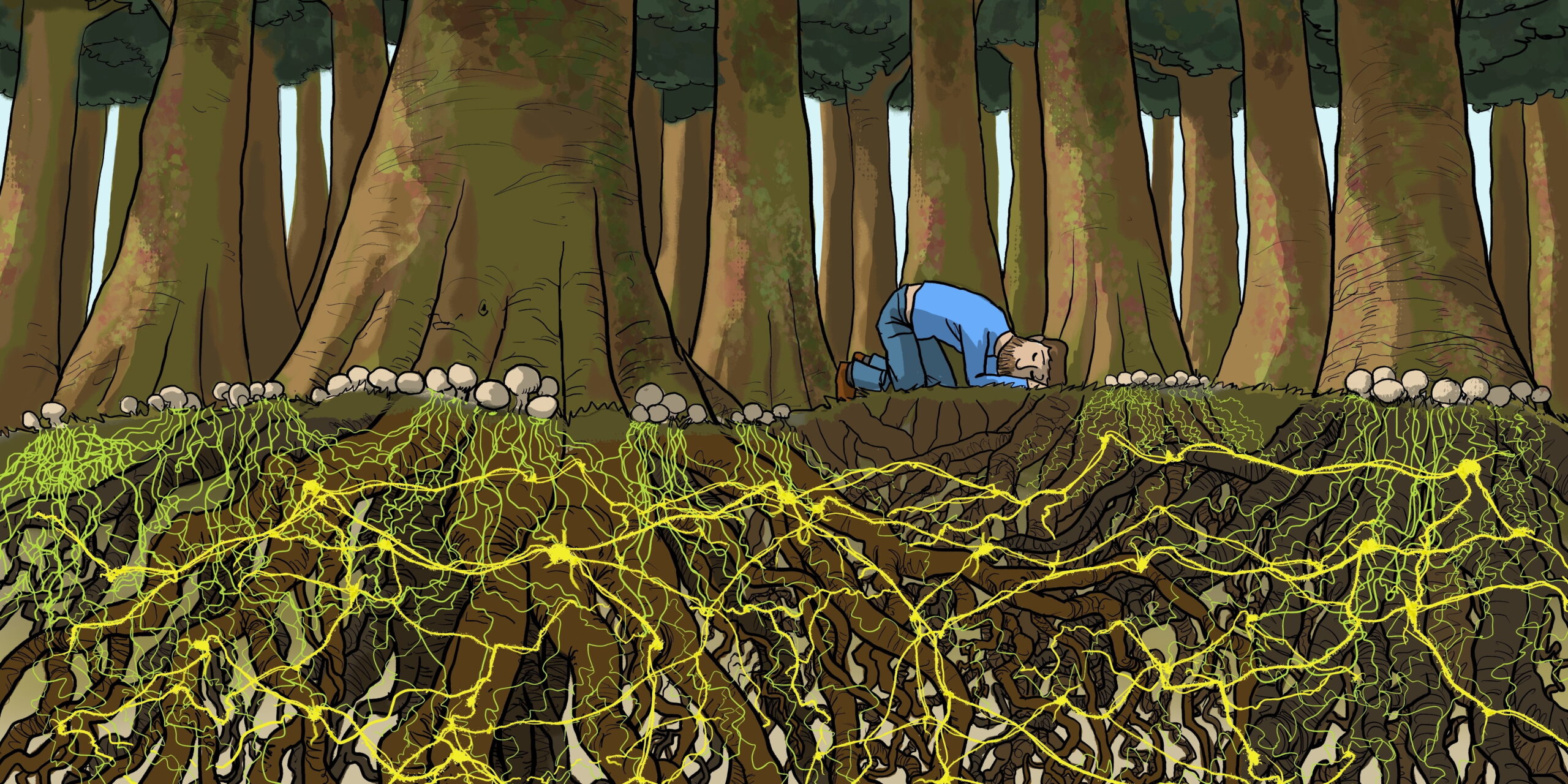
It began in the summer of 1986 with an insight. My wife and I were given a handout at the end of a lecture we were attending that included a text that began with the words: everything works by electricity and magnetism. If it had read that ‘some things in nature may work through electricity and magnetism’, I probably would have read over it. But… ‘everything’? That was totally inconsistent with my frame of reference. Now, in this day and age, bio-electromagnetism is a short query to google. That wasn’t possible in 1986. There was no internet, no chat GPT, no Instagram. My only source was the library.
During my studies, I had learnt and accepted the physical-chemical way of looking at reality. The only way to get rid of this figurative pebble in my shoe was research. ‘Surely there would be some things that don’t work at all through electricity and magnetism,’ I thought.
The pickle box
At the beginning of my research, it became clear that the heart, nerves and brain possess electrical properties. The same turned out to be true for muscles, the way bacteria form a biofilm, birds navigate, embryos grow and plants communicate. All sorts of questions arose: what about gravity, for instance? What was electromagnetic about that?
Once the collecting had begun – as there was no internet – my wife and I decided to dedicate a large food box to the subject. It was a sturdy cardboard box that had held pickle jars. In the distance, the box still smelt a little bit of pickle, but it fitted exactly under our bed. That box slowly got filled with clues.
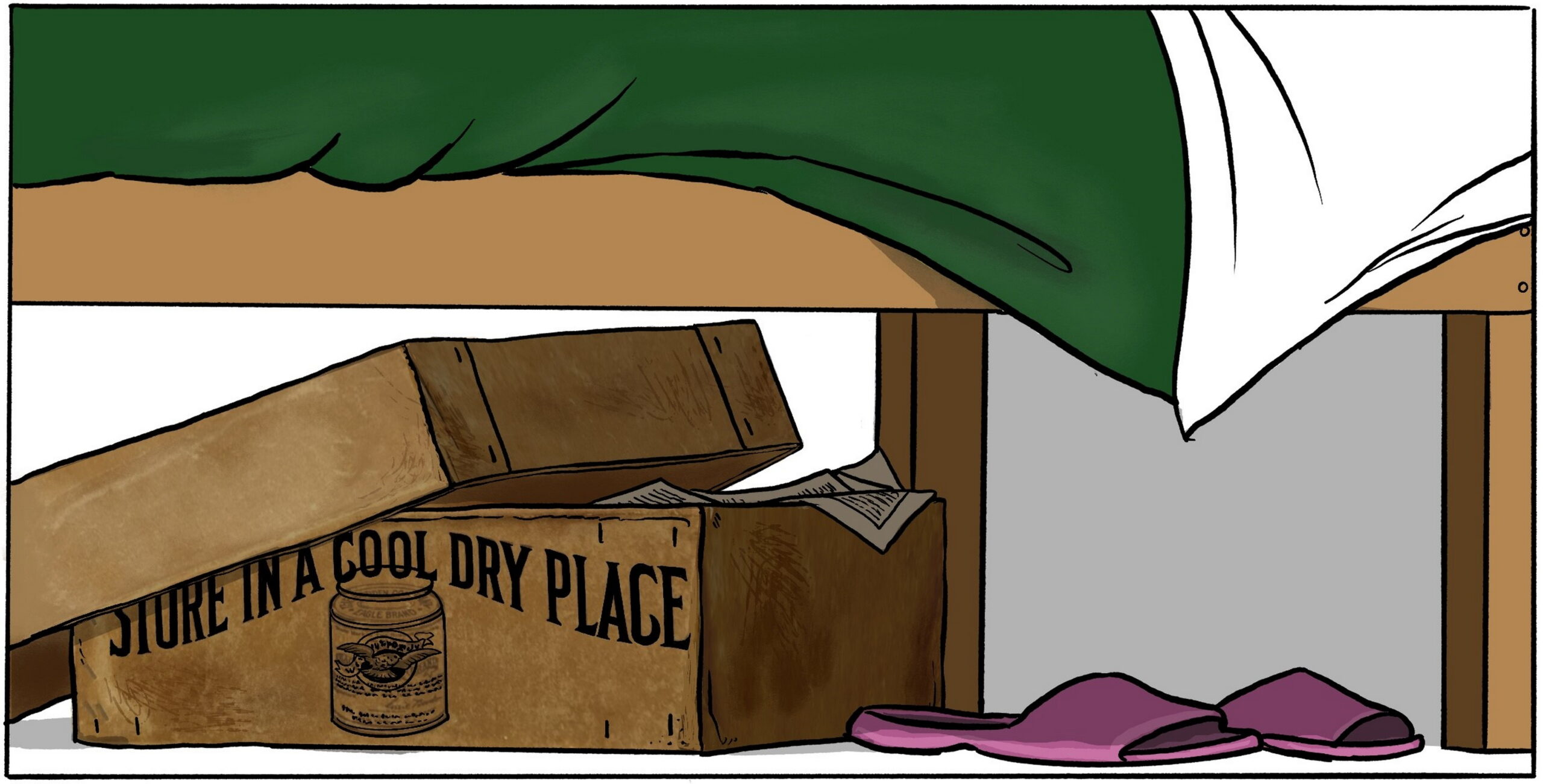
Of course, first of all, common references went in about the method by which the electrical activity of the brain and the heart is measured, the EEG and ECG. Then a reference went in about how potato plants, under the influence of a magnetic field, grow into much larger plants with heavier potatoes. A reference also went in on the observation that the electrical charge of a raindrop increases when clouds get warmer.
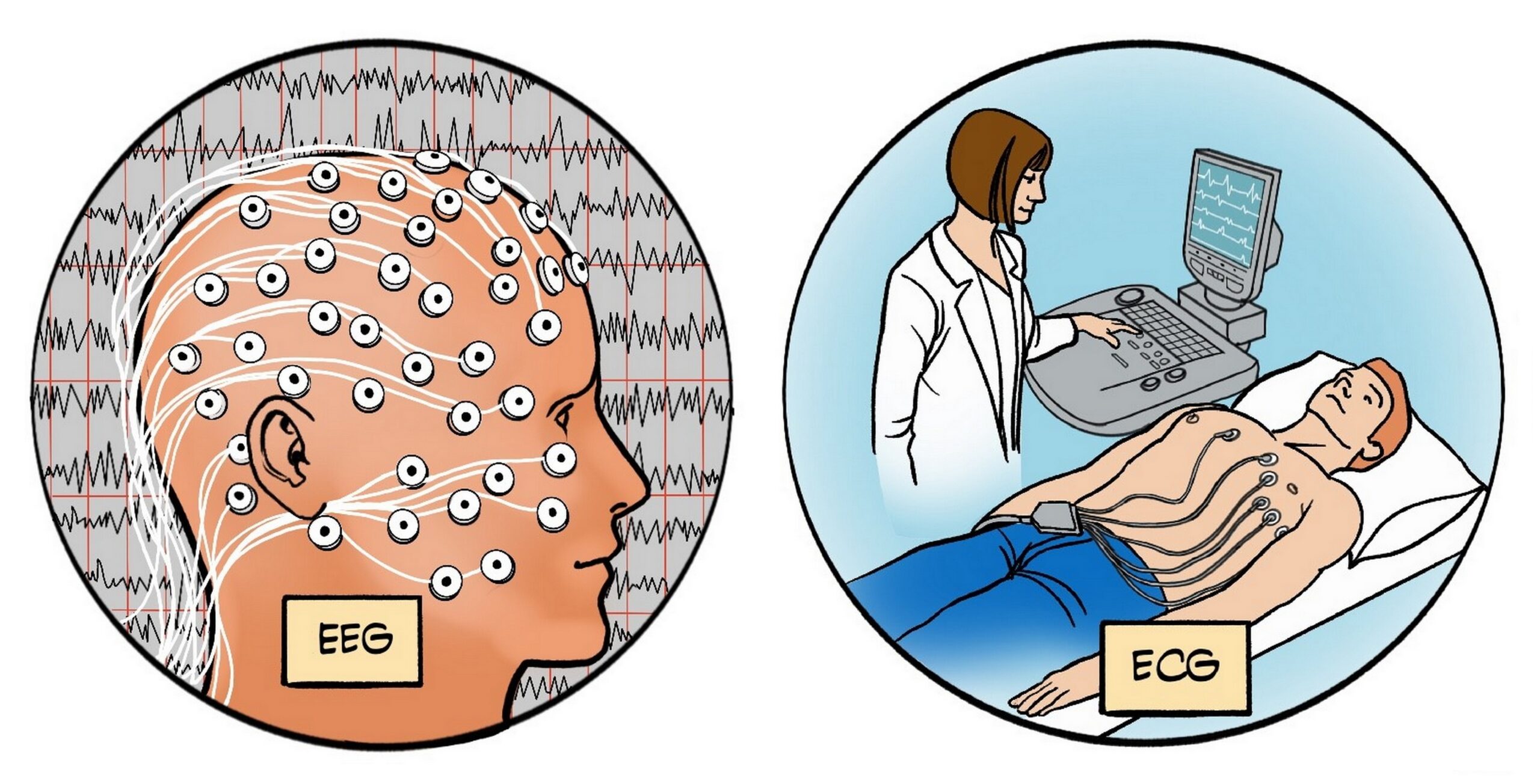
A later excerpt that found its way into the box came from Frances Ashcroft. In her wonderful book The spark of Life, she describes that there is a fundamental difference between the electricity that powers the bodies of humans and animals and the electricity we use to light our cities at night; the electricity in the wires in the walls is carried by fast electrons, while through the animal kingdom runs slow electricity carried by ions.
As the pickle box, in the 1990s, became increasingly filled with newspaper clippings, pictures and copies, the smell of pickles gradually disappeared. In its place came a bit of a musty smell of old paper. Besides the method of measuring the electrical side of the head and heart, instruments were also developed to measure their magnetic fields. Collecting more and more scientific evidence on this, I began to realise that every thought, every feeling, every memory and the whole composition of our consciousness, is made up of electromagnetic fields.
Such hypotheses brought the temptation of theorising. And although there are snippets of theorising in my books and articles, I have chosen to avoid it as much as possible. The aim of my publications is not to draw conclusions too quickly. The aim is to explore those unusual perceptions first in an unbiased way, feeding the left brain with as many facts as possible, so that the right brain becomes more receptive to creative approaches about that new electric side of reality. This is also what makes the graphic novel project so special; by fusing research and science with visualisations and art, different insights emerge.
Learn it by heart
Although we gave our first computer a place in the house as early as 1989, it was not until well after the turn of the millennium that the pickle box began to transform into digital folders in the computer and the box ended up in the bin.
There are all sorts of theories circulating about the functioning and location of consciousness and memory. In a general sense, the assumption was that memory has a physical location and is stored inside the brain. With that assumption came the idea that all our experiences and impressions are initially stored in the hippocampus, to be later transferred to the neocortex. In that theory, the hippocampus is the short-term memory and the neocortex is the place for long-term memory.
According to research by John Joe McFadden and Bruce MacIver, however, consciousness and its associated memory should be seen much more as an electromagnetic field. That means that, using language, employing creativity, our sense of justice, experiencing emotions and storing all kinds of impressions in memory are impossible without electromagnetism. The electromagnetic field of all such processes together, according to the study, creates a sphere of influence around the head that looks roughly like the images on the right.
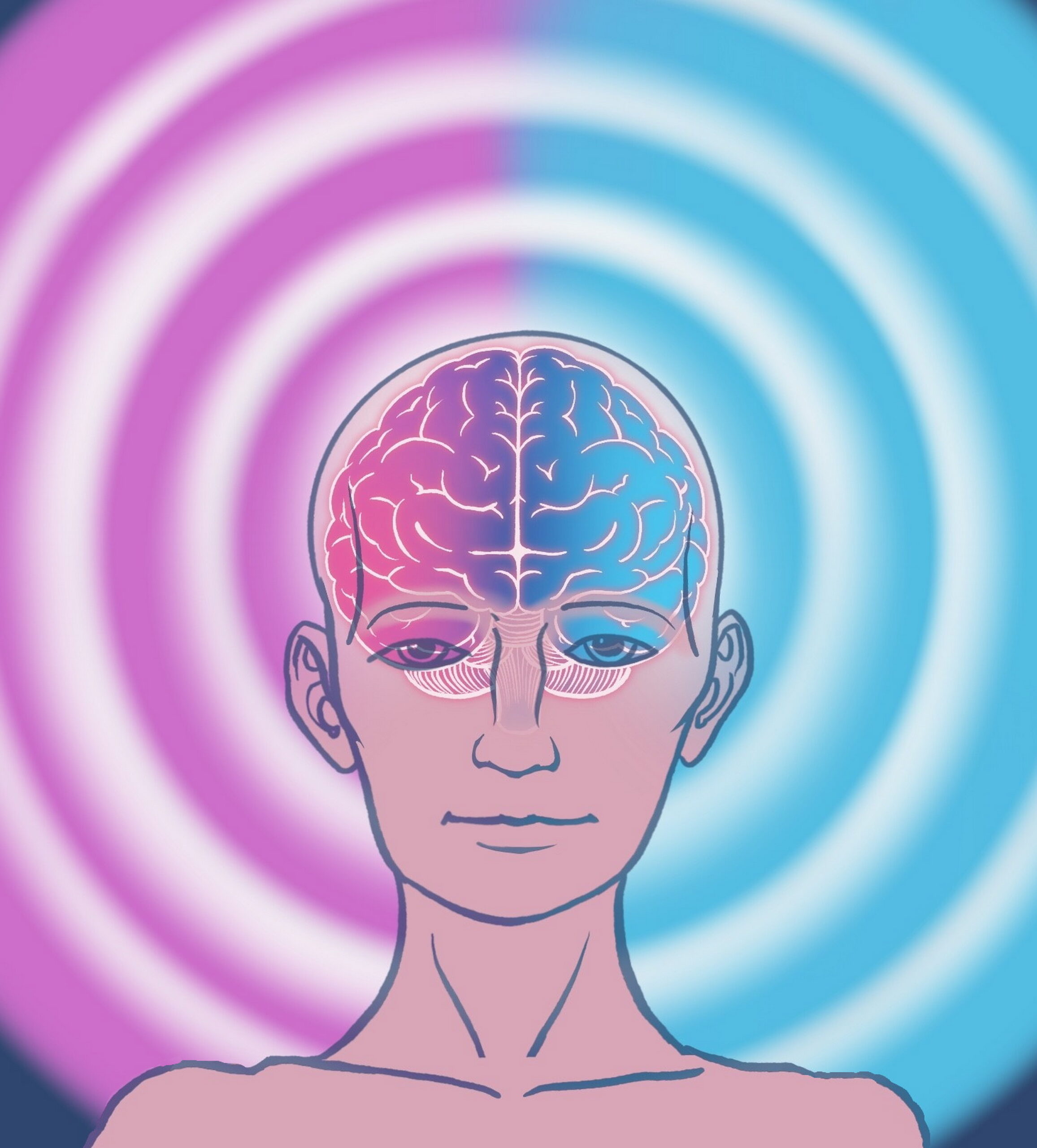
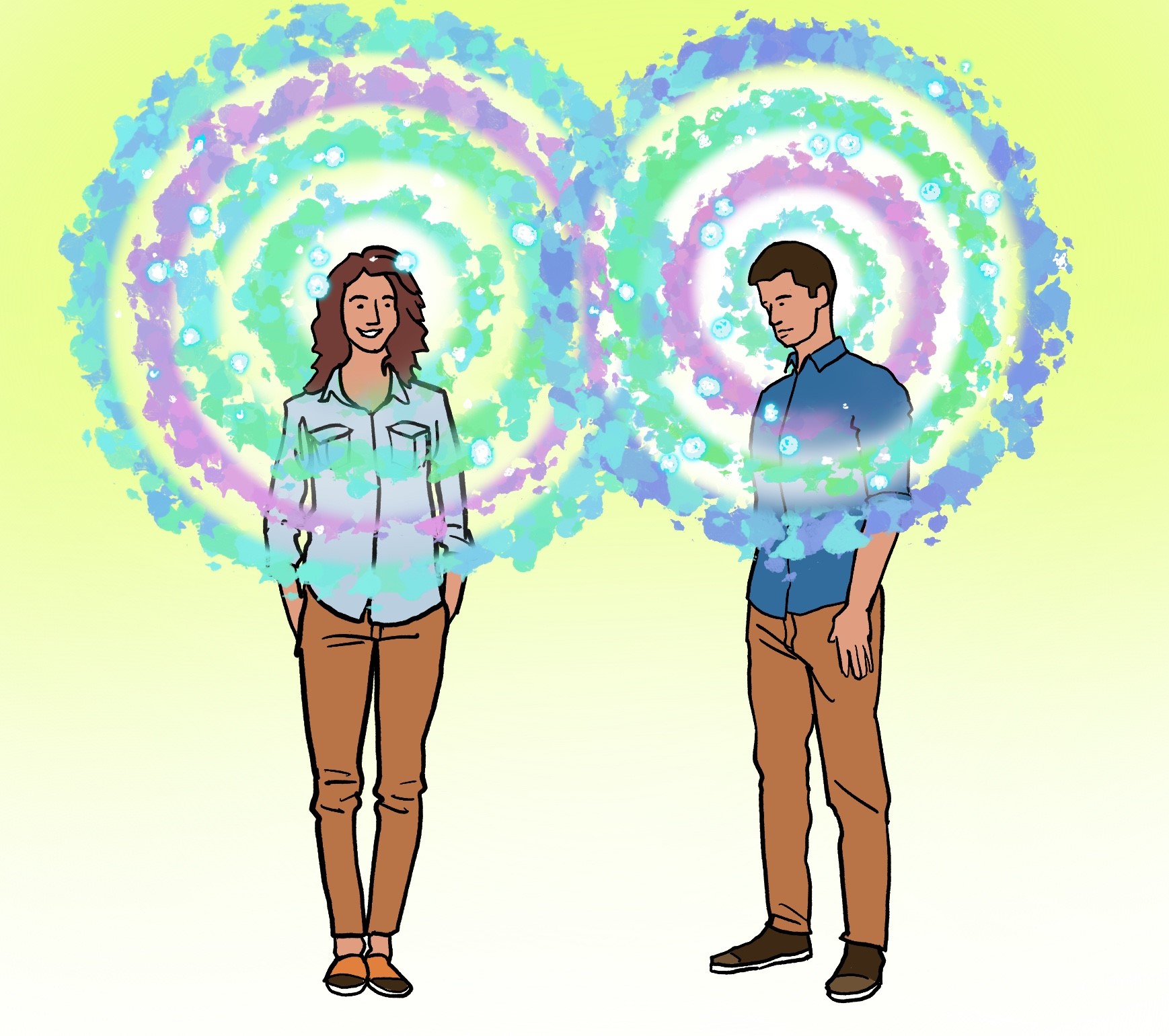
Curiously enough, in language, there are all kinds of ancient references to do with the field theory of memory. Consider for example the moment when we start a sentence with; ‘what comes to mind is…’ Why would something need to come to mind if it is already physically there, if it already has a place somewhere in our brain or mind? And when we can’t remember it, we say; ‘it doesn’t come to me’. Or we say, ‘it doesn’t come to mind…’ Why would something need to come to us, if it’s already in us, in our brain?
Or what about ‘a fleeting thought’. What is the substance in which thoughts float? Then why have we come to think that our thoughts have a fixed place in the brain’s chemical processes? And then, take the word ‘forget’, the moment before you get it. Is that because, what we for-get, is in fact right there in the field around the head, but our head cannot make consciousness about it yet, because it is not yet downloaded from the electric field. Is that why we inadvertently keep looking with our eyes in the air around us, when we for-get something? Are we unconsciously looking for it in the field around us?
Nor have we yet discussed statements that do speak about strange storage-places for the memories. Is it not that we instruct ourselves and our children, to learn things by heart… Why should anyone need to learn something by heart when the effective way to physically memorize something would be to learn it by brain? Does language point us to a different intuitive idea; the idea of an electric field theory of memory?
Puzzling without limits
Imagine a huge puzzle of 100,000 pieces criss-crossed on a large table. The puzzle pieces make up the electrical ecosystem. But, there is no lid on the puzzle box. Therefore, there is no example of how the puzzle fits together. There are only 100,000 individual pieces. By starting to put some of those puzzle pieces together, it soon becomes clear that there is not one right way to make the puzzle. There are lots of different inspiring and consistent ways to see and grasp the electrical ecosystem as it is.
What is the way birds communicate in full flight? How does the brain communicate with the organs? Is it the same way that – according to a US research from 2015 – bacteria are able to communicate within their colony, both wired and wireless to form together a bacterial city of breathtaking mathematical beauty? And what does the way in which trees electrically charge the air above forests, have in common with the way in which, not only lightning, but also flying insects, electrically charge the atmosphere? What kind of fascinating world do we live in!
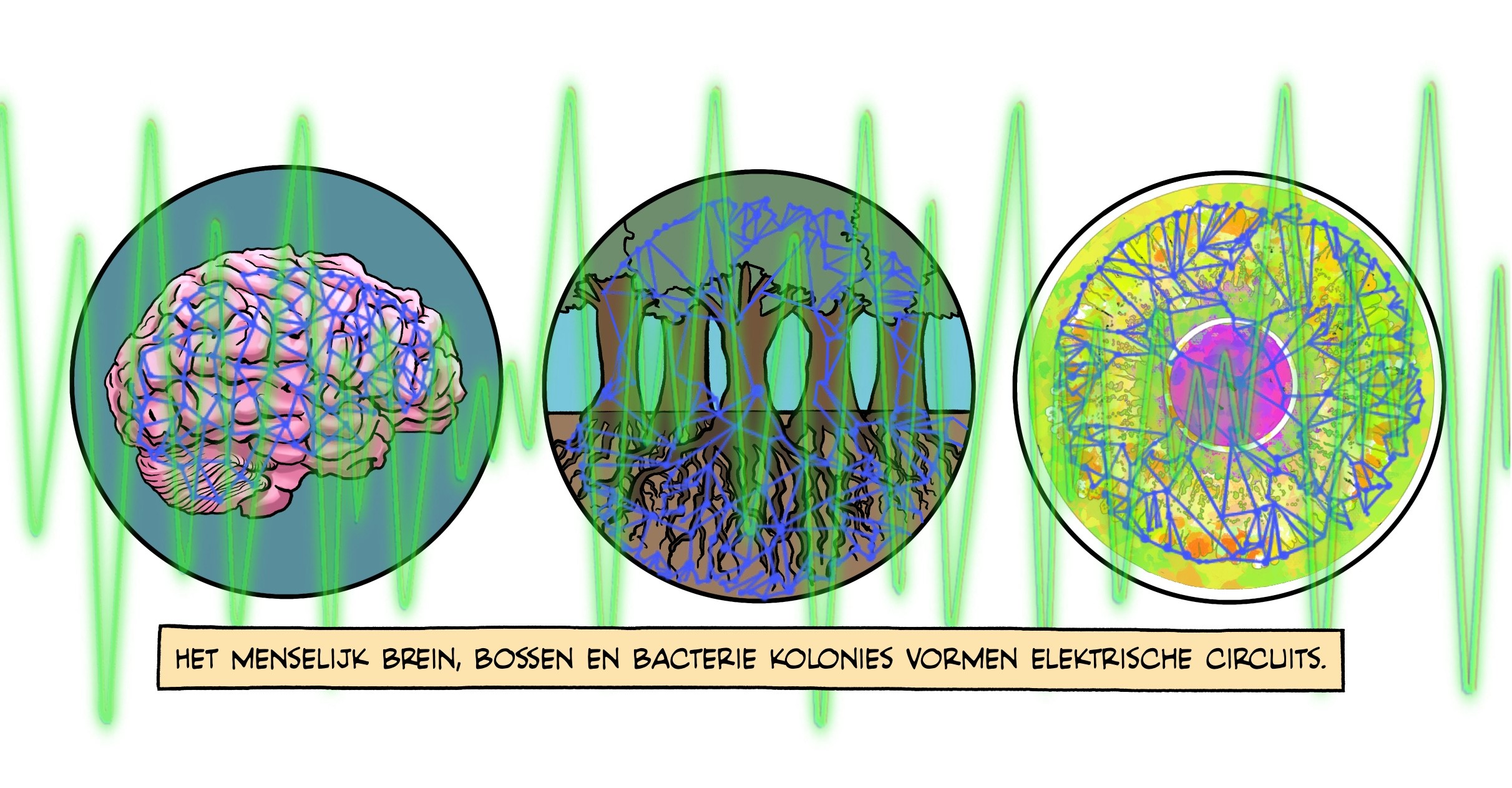
Ultimately, this is about actually trying to put together the limitless puzzle, and thereby deciphering the secret language of the ecosystem and experience what it inspires by yourself.
(This article was originally published in Dutch, in Optimist Magazine, nr. 218, September/October 2024)
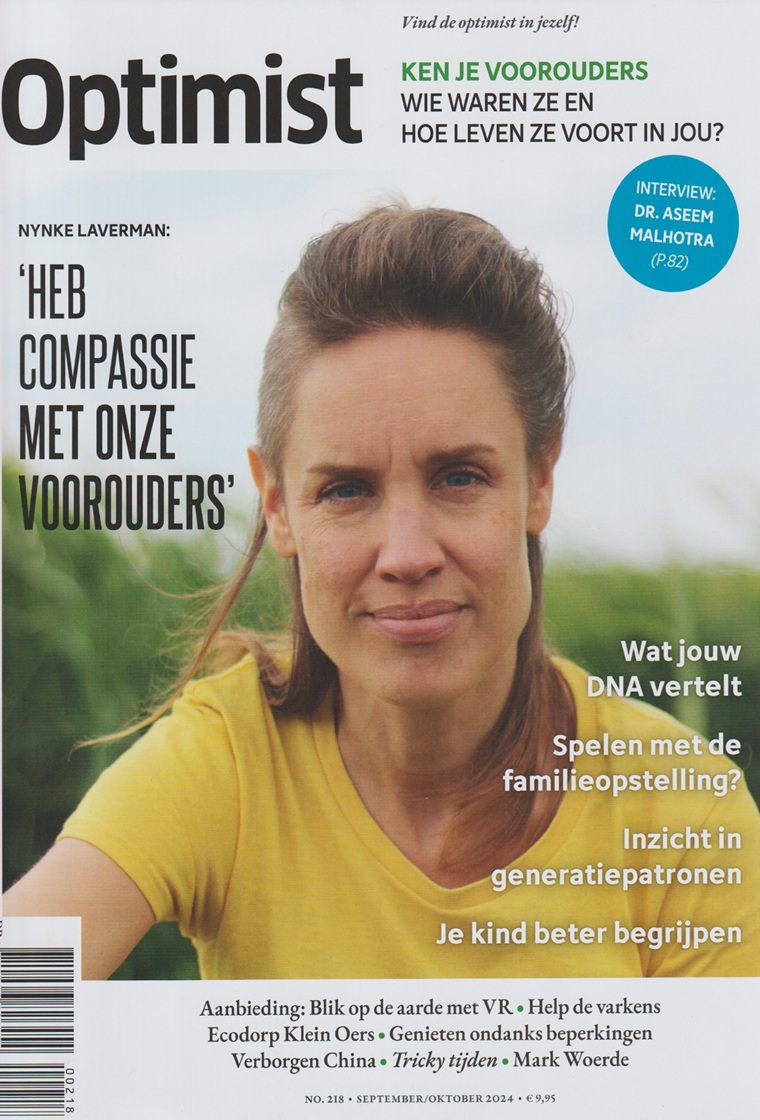
Sources of the secret language of the ecosystem
Click the picture